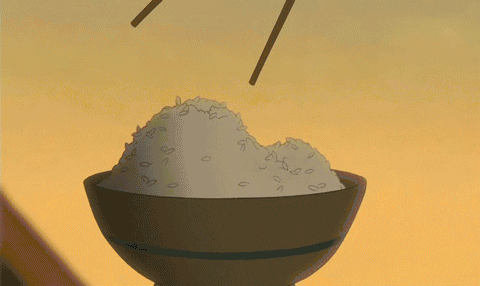
In the pre-Qin period, chopsticks were called “jiā”, in Han dynasty there were referred to as “zhù”. Since the Ming dynasty, they are called “kuài”, as we say today. Chopsticks have a history over 3000 years, making them one of the most representative items of Chinese culture.

In the « Dream of the Red Chamber », one of the four Chinese classics, Yuan Yang and Lady Feng, both coming from the aristocracy, give a pair of ivory chopsticks, inlaid with gold, to old and poor goody Liu as a mean joke. Indeed, ivory chopsticks were used to demonstrate family’s wealth instead of actually using them to eat.

Since chopsticks play such an important role in Chinese culture, are you aware of the do’s and don’ts when using chopsticks ? Let’s have a look !

Handling

Use thumb, index finger and middle finger to hold chopsticks firmly, while keeping the ring finger below the chopsticks. Only the upper chopstick is allowed to move when reaching food. When holding them, try to hold the chopsticks about a quarter away from the top of the chopsticks.

Display

When a chopstick rest is available next to your plate, use it !
When taking a break, leave your chopsticks to the side of your plate or bowl on a rest to suggest that you aren’t done yet. When finished eating, leave your chopsticks on top of your bowl or plate to imply the server to remove your plate.


Mix up chopsticks

Especially those days, it’s important to use a second pair of chopsticks to serve food
Do not use your own chopsticks to grab food from a communal dish. When available, use serving chospsticks or serving spoons instead, and place food first on your plate and eat from there.
Rest chopsticks unevenly

Don’t rest chopsticks with ends not even ! They should always be in a parallel position with ends even, otherwise the uneven position would remind of the layout of a coffin in Ancient China, and therefore be synonymous of death.
Patrolling dishes

Don’t sort through food in the serving dish when deciding what piece to eat next ! This rude behavior is called “stirring for choices”, which means to dig your chopsticks in one plate for a long time trying to find the specific thing you want to eat.
Dripping Tears

When reaching food which is far away from you, be careful not to make your chopsticks « dripping tears », meaning releasing food or dripping sauce on the table when making your way back to your bowl.
Striking bowl

Don’t knock your bowl with your chopsticks ! In ancient China, only a beggar would knock his bowl requesting for more food or money. Elder people might think doing so will make you fall on evil days.
Stucking chopsticks like incense

Don't leave your chopsticks stuck vertically in your bowl of rice or noodles. That's associated with incense that is burnt vertically during funerals. Instead, rest chopsticks on the side of your plate as we saw earlier.
Waving chopsticks

While eating, you should not wave your chopsticks in the air or point them at someone, just like you would not wave a fork and knife at the Western table !

Feng Jicai once wrote in a poem, “Chopsticks may look small, they accompany you day by day.” May today’s chopsticks tips can help you better enjoy every meal ! Have a good holiday~

Founded in 2018 by Matthieu Ventelon, Hedonia is the first institution in China combining professional Wine and Etiquette expertise in the same training offer.
Find more information on our website : http://en.hedonia.cn